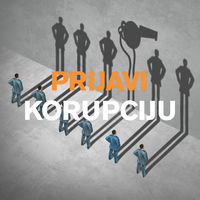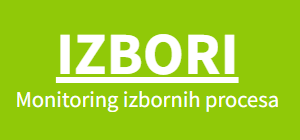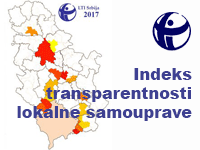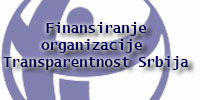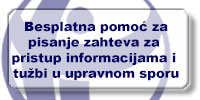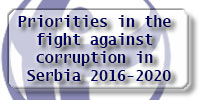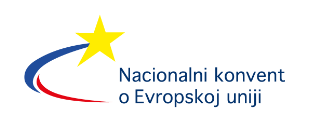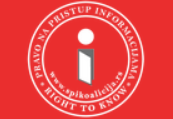Monitoring local elections in Belgrade 2018
ransparency Serbia has monitored all election campaigns since 2004. We monitored the activities in the campaigns, through direct monitoring, campaign financing, through our estimates of funds spent, which we then compared with the reported costs, the work of competent institutions and bodies (formerly the Assembly Board, REC, Anti-Corruption Agency, Prosecutor's Office, RBA, ie RE etc).
Since 2012, TS has been regularly monitoring the functionary campaign, and since the 2017 elections, the "placement" of that campaign in the electronic media, as well as the representation and context (positive / negative) of candidates' appearances on the front pages of the daily press.
This monitoring of the functionary campaign was performed according to the same methodology as for the previous elections. After 2012, the methodology was changed and improved, with the introduction of five categories of activities of officials, and in 2017, a sixth category was introduced.
The activities of a number of officials during the four weeks of the election campaign were observed and the number of activities was compared with the number of activities in the corresponding period of the previous non-election year. We also presented comparative data for all years from 2013 until today.
In the analysis, we pointed out the characteristic cases of the functionary campaign and specific cases of violations and circumvention of regulations, which we also reported to the authorities responsible for further action.
For the purposes of analyzing the placement of the functionary campaign in the electronic media, the central news programs of five TV stations (RTS, N1, Prva, Studio B and Pink) were observed in two days of the campaign and one day of election silence on February 20 and 28 and March 2. ). We determined how many seconds and how many contributions the president of Serbia (whose name is the list gathered around the SNS, the party he also heads), republic and city officials from the parties from that list, republic and city officials from the SPS, received in the observed shows, and how many lists they received within the pre-election blocs. We also determined which promotional and other activities of officials were included in the observed news, and which were left unanswered in these media and in these terms. The front pages of nine dailies published in Belgrade (24 sata, Alo, Blic, Danas, Informer, Kurir, Novosti, Politika, Srpski Telegraf) in the period from January 15 to March 3 were analyzed.
TS monitored the appearance of officials and candidates, ie electoral lists on the front pages, the context of the appearance (negative / neutral / positive), as well as the main topics on the front pages in that period.
We also made an estimate of the costs of advertising on TV and in the press, based on the obtained data on the number, duration, ie size, and position of the vote, price lists and determined, ie estimated discounts.
As part of the monitoring and analysis of the results, we also identified several election paradoxes, which we pointed out in a special section.
In Serbian:
- Izveštaj o izbornoj kampanji 2018 Beograd
- Dopis Agenciji za borbu protiv korupcije - moguća kršenja zakona u kampanji
- Zahtev TS Odeljenje za zdravstvenu inspekciju
- Zahtev TS Gradski sekretarijat za inspekcijske poslove
- Zahtev TS Prosvetna inspekcija
- Zahtev TS Upravna inspekcija - Obrenovac
- Zahtev TS Budžetska inspekcija
- Zahtev TS Upravna inspekcija SDPS
- Zahtev TS Upravna inspekcija Voždovac
There are no articles in this category. If subcategories display on this page, they may have articles.



